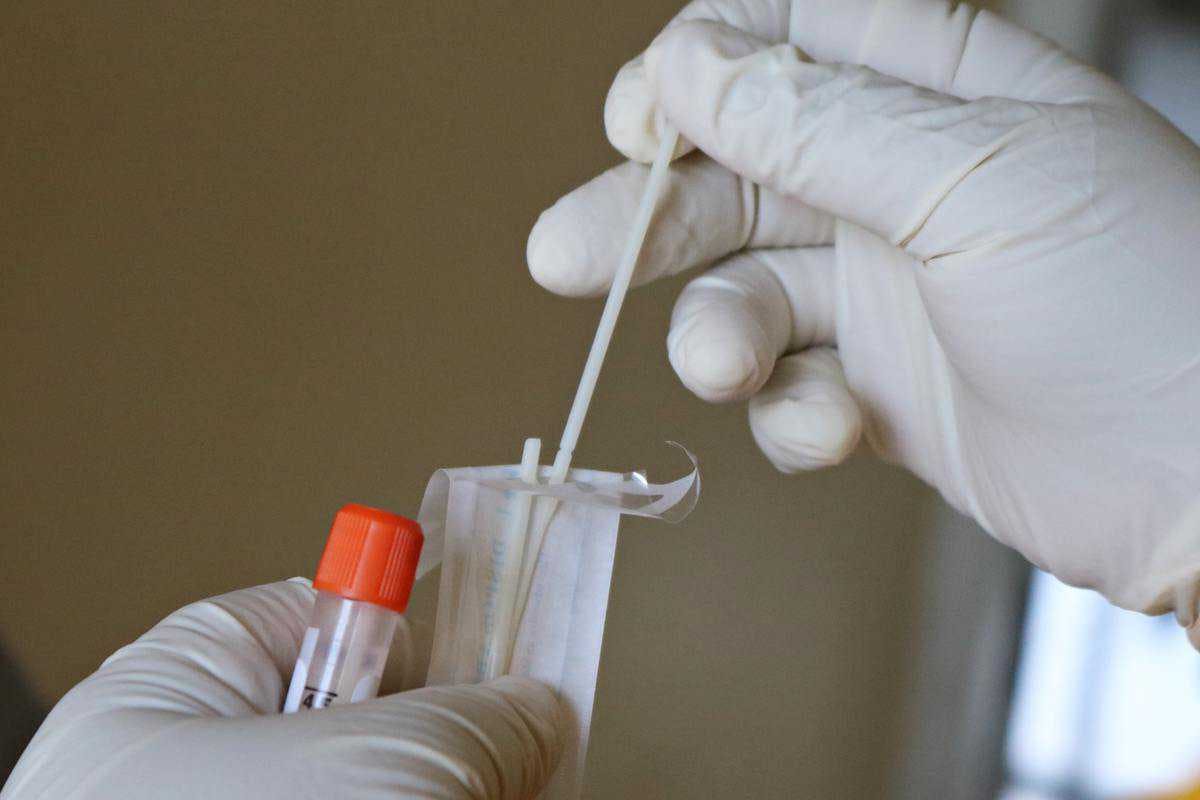Around the country, frustrated Australians are queuing in long COVID-19 testing lines. For businesses operating in hospitality and retail settings, the strained PCR testing system poses a particularly difficult challenge.
Ai Group calls for change
Innes Willox, Chief Executive of the national employer association Ai Group, has said that Australia’s crumbling testing protocols need to be overhauled to help businesses and the economy rebound from the Pandemic.
Mr Willox cites three significant barriers that require addressing to slow the escalating testing problem. These issues are: The requirement for multiple PCR testing for internal travel, overly-cautious definitions of close contacts, and RAT hesitancy on the part of some of the states.
“With Australia’s testing resources under immense strain and with the anxiety, inconvenience, and costs of queuing and waiting for reports rising steeply, it’s time to use our testing capabilities in a much more effective way,” said Mr Willox
He continued: “National Cabinet is inching towards some sensible outcomes, but while multiple PCR testing stays in place for internal travel and while many jurisdictions have such broad definitions of close contacts, Australians and our economy will remain hobbled by COVID overreactions.”
Internal travel tests
Entry conditions for some states requiring pre-entry and post-entry COVID tests are reportedly adding strain to long lines at testing sites and long waits on test results.
“Testing queues have been unquestionably lengthened by multiple PCR test requirements for internal travellers and overly-cautious definitions of close contacts,” said Mr Willox.
According to Ai, the requirements on internal travellers are causing hesitancy to get tested amongst those with COVID symptoms. Not only that, but delays are causing significant headaches for businesses whose staff are obligated to take a PCR test.
Mr Willox continued: “Both risk discouraging people who should be tested from being tested at all; they impose extra anxiety and costs due to delays in reporting test results, and they delay preventative action being taken following positive results.”
Rapid Antigen Testing uptake
As the established PCR testing system began to break under the omicron stain, Australians lined up at pharmacies in an attempt to buy Rapid Antigen Tests (RATs).
Small businesses across the country have reported closing over the summer holiday period due to a lack of affordable RATs, as staff could not be tested quickly enough to keep doors open.
Mr Willox said, “Hesitancy by some states over the use of RAT, which provides an ATAGI-approved alternative screen when PCR testing is under such strain, is difficult to comprehend.”
There are suggestions that giving businesses access to ready-to-use and affordable RATs will take the strain off PCR testing sites and quickly limit transmission in the workplace.
The primary barrier of use for RATs in businesses is cost. At $30-$35 for two RATs, sensibly testing and protecting staff is unaffordable for many companies.
Should staff be able to be tested quickly, easily, and frequently, COVID-19 transmission will be more easily controlled at major vector sites such as hospitality and retail settings.
Close contact definition
Under the current regulations, individuals who have been near a person with a confirmed case of COVID-19 while that person was infectious are considered close contacts and require immediate testing. These rules apply in both a household and community setting.
In the service industry, this definition is damaging to businesses whose staff are required to get a PCR test and isolate until results are available each time they serve a COVID-19 positive customer.
The chief medical officer, Professor Paul Kelly, told the national cabinet yesterday that a close contact should be defined as spending more than four hours with a positive case within a household setting.
“The important principle here is we need to focus on where the biggest risk is,” Prof Kelly said.
“(In) almost every jurisdiction we’ve seen a long wait for people to get their results. Frankly, if you have to wait for eight hours in a queue, and then 72 to 96 hours to get a result, it’s not fulfilling any useful public health function, and it’s delaying proper clinical care.”
Mr Willox said, “Steps towards a common and not-overly cautious definition of close contacts are welcome but too slow.
“While more data needs to be collected and the jury is still out on the impacts of Omicron, there is a clear risk that current reactions to the variant are not only out of proportion to the threat, they are blocking our vital testing resources at the time when we most need them to be working as effectively as possible.”
Read more:Xero Small Business Index shows SMEs boom in the lead up to Christmas
Read more:The newest COVID-19 variant Omicron triggers a global alarm; here’s what we know

